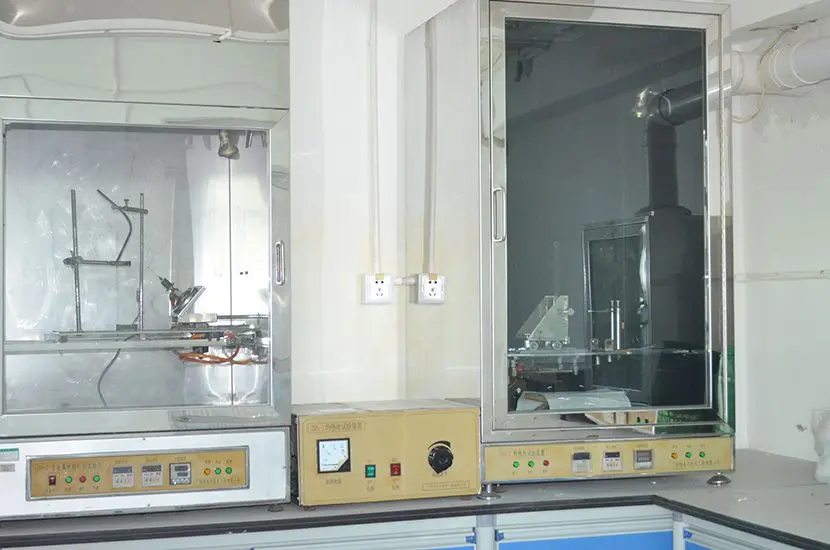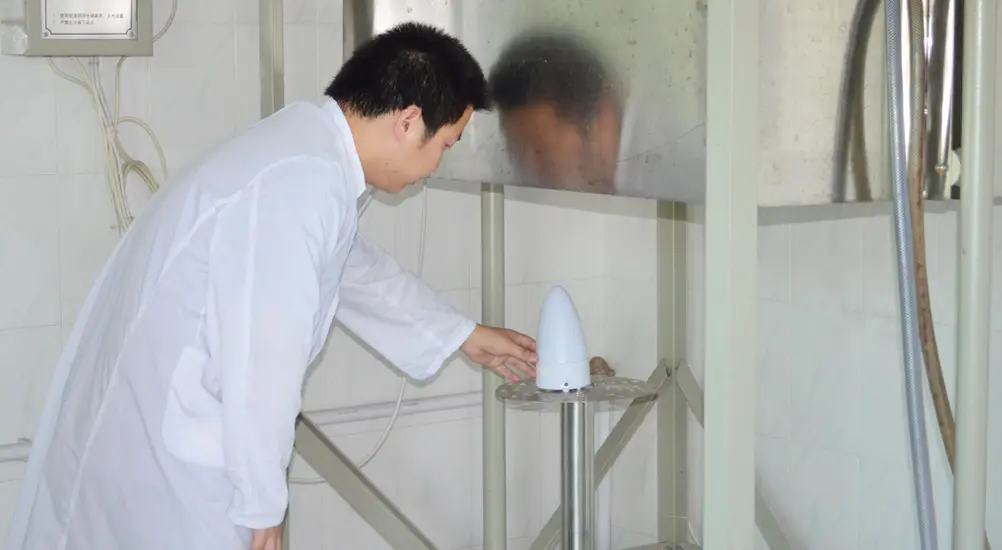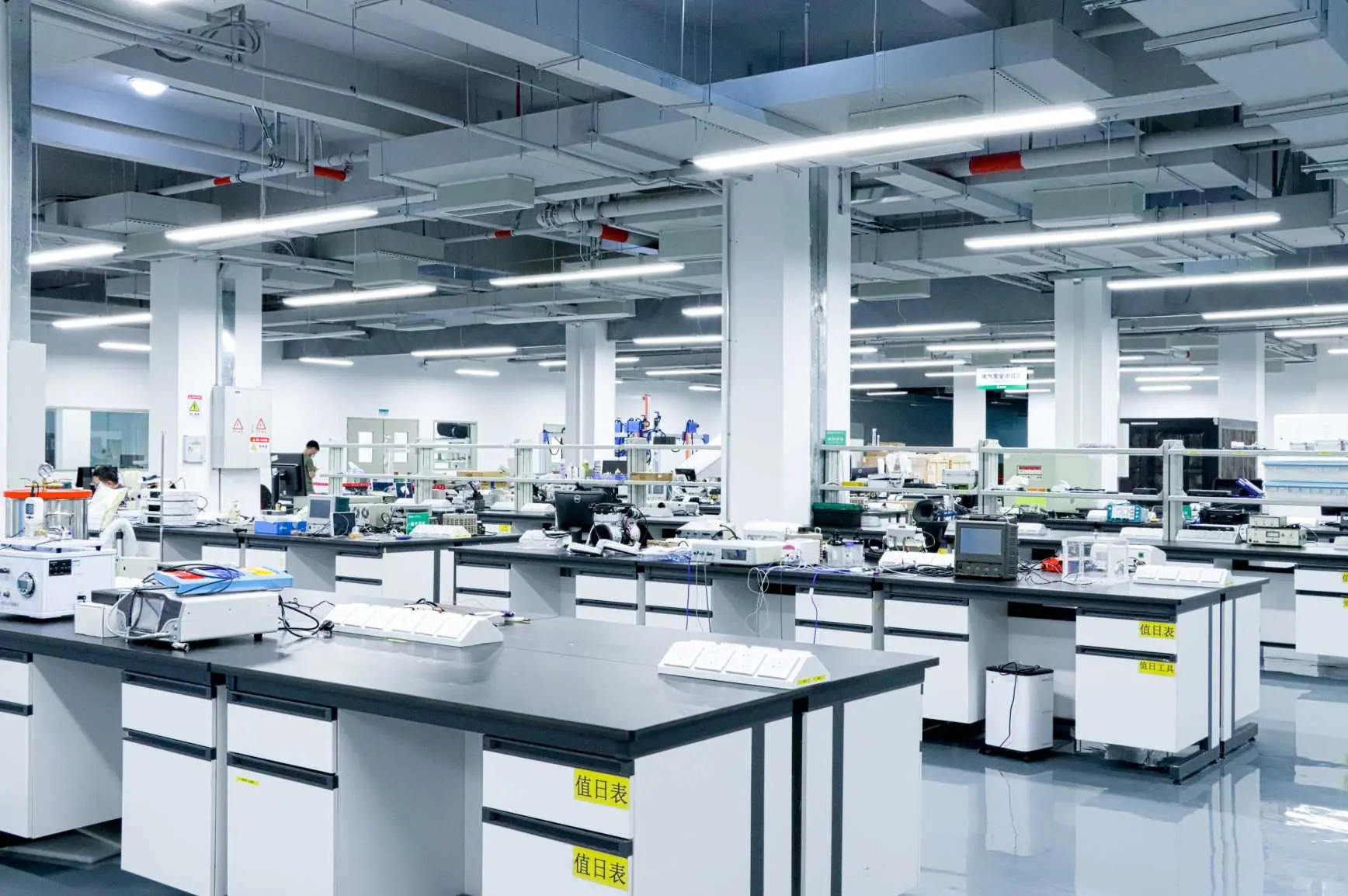
Personal Care Products MSDS
What is an MSDS Report?
The MSDS (Material Safety Data Sheet) is the "safety passport" for chemicals, globally standardized as the Safety Data Sheet (SDS). It uses 16 standardized sections of information—from component toxicity to transportation regulations—to comprehensively ensure the safety of chemicals throughout their full lifecycle from production to disposal.
Core Functions:
• Legal Compliance: Most countries require chemicals in circulation to be accompanied by an MSDS; otherwise, companies may face fines or the risk of shipment rejection.
• Risk Warning: Informs operators on how to avoid incidents like poisoning, fire, or environmental pollution, thereby reducing corporate liability risks.
• Trade Facilitation: Serves as an essential document for customs clearance, transportation, and sales, particularly crucial for export companies.
Difference Between MSDS and SDS:
• Terminology Difference: The EU and ISO systems use SDS (Safety Data Sheet), while the U.S., Canada, China, and others still use MSDS, though the content is highly consistent.
• Standard Unification: Since 2015, the global adoption of GHS (Globally Harmonized System of Classification and Labelling of Chemicals) has largely aligned the MSDS/SDS formats.
Which Products Require an MSDS Report?
The MSDS covers all products containing chemical substances, with key categories including:
1. Chemical Raw Materials and Products (accounting for 70% of demand)
• Basic Chemicals: Acids, bases, solvents (alcohol, acetone), paints, dyes, adhesives, etc.
• Fine Chemicals: Fragrances, catalysts, surfactants, pharmaceutical intermediates, etc.
2. Batteries and Electronic Products
• Batteries: Lithium batteries, lead-acid batteries, button cells (with additional un38.3 testing required).
• Electronic products containing chemical components: PCB cleaning agents, semiconductor materials, thermal conductive pastes, etc.
3. Daily Chemicals and Consumer Products
• Personal Care Products: Shampoo, skincare products, cosmetics (must indicate allergenic components).
• Household Products: Cleaners, disinfectants, air fresheners (must emphasize inhalation hazards).
4. Industrial and Special Purpose Products
• Industrial Materials: Lubricants, metalworking fluids, plastic pellets (must specify high-temperature decomposition risks).
• Pesticides and Fertilizers: Must label ecological toxicity and field operation protection measures.
Special Scenarios:
• Non-chemical products containing hazardous ingredients: For example, toys with batteries, textiles containing formaldehyde, must also provide an MSDS.
Product Specification Requirements for MSDS Reports
Different products require emphasis on different disclosure points:
Enterprises should note:
• Ingredient Confidentiality: Companies can apply to conceal formula proportions but must list all hazardous substances.
• Multilingual Versions: Exports to the EU require an English or local language version; China requires a bilingual Chinese-English version.
Valid Regions for MSDS Reports
The acceptance scope for MSDS/SDS falls into three categories:
1. Regions Mandating MSDS/SDS
• EU: All chemicals must provide an SDS (CLP Regulation).
• USA: OSHA requires hazardous chemicals to be accompanied by an MSDS (29 CFR 1910.1200).
• China: Mandatory under the "Regulations on the Safety Management of Hazardous Chemicals."
2. Regions Recognizing International Standards (GHS)
• Japan, South Korea, Australia: Accept GHS-compliant MSDS but require local labeling additions.
• Southeast Asian countries: Such as Thailand and Malaysia, require English MSDS submissions during customs clearance.
3. Regions with Special Requirements
• Saudi Arabia: Requires MSDS stamped by an ILAC-certified laboratory.
• African countries: Such as Nigeria (SONCAP certification) and Kenya (PVOC certification), require MSDS plus local testing.
MSDS Testing Process and Timeline
Standardized Procedure (Example of professional handling):
1. Document Submission:
• Product composition list (can be desensitized for confidentiality).
• Production process description (must include parameters such as temperature and pressure if reaction conditions are involved).
2. Component Analysis and Testing:
• Simple Products: Compiled directly based on company-provided data without testing (e.g., known-formula cleaners).
• Complex/Unknown Products: Require laboratory testing for flashpoint, pH value, toxicity, etc. (extends timeline by 3–5 days).
3. Report Preparation and Review:
• Engineers compile 16 sections according to GHS standards, focusing on Section 2 (Hazard Identification), Section 9 (Physical and Chemical Properties), and Section 14 (Transport Information).
• After enterprise confirmation, reports are stamped with CNAS/CMA seals (enhances authority by 30%).
Why Enterprises Must Take MSDS Seriously
1. Avoid Heavy Fines: The EU imposes up to €20 million fines for chemicals without an SDS.
2. Improve Supply Chain Efficiency: Platforms like Amazon and Walmart require MSDS approval for product listing.
3. Reduce Accident Costs: A well-prepared MSDS can reduce operation-related accidents by 80%.
Action Recommendations:
• Initiate MSDS preparation simultaneously during new product R&D to avoid market launch delays.
• Update the report every two years, especially monitoring revisions to GHS standards (e.g., new microplastic classifications in 2024).
MSDS is not only the "compliance passport" for chemicals but also a reflection of corporate responsibility and professionalism. From a single lipstick to massive industrial raw materials, MSDS protects safety with data and facilitates trade through standards.
It is recommended that enterprises collaborate with CNAS-accredited institutions (such as China JJR Laboratory) to ensure that the reports are legally effective and technically credible.
Email:hello@jjrlab.com
Write your message here and send it to us
 Most Reliable Medical Device Test Lab
Most Reliable Medical Device Test Lab
 How to Obtain a Cosmetic Product Safety Report
How to Obtain a Cosmetic Product Safety Report
 US and EU Cosmetics Compliance
US and EU Cosmetics Compliance
 How to Obtain SDS Sheets Certification
How to Obtain SDS Sheets Certification
 Personal Care Products MSDS
Personal Care Products MSDS
 Approval for UL 1727 Introduction
Approval for UL 1727 Introduction
 Candle Label Requirements United States
Candle Label Requirements United States
 Laser Product Qualification Consultants
Laser Product Qualification Consultants
Leave us a message
24-hour online customer service at any time to respond, so that you worry!




